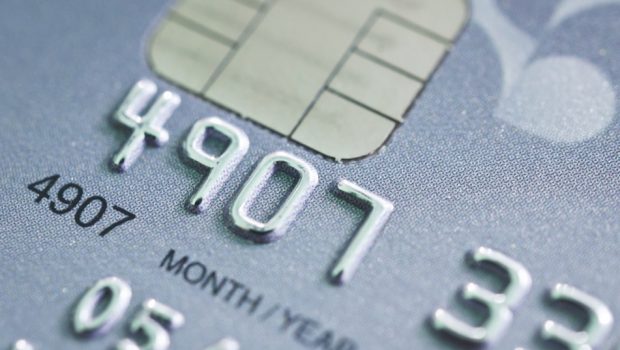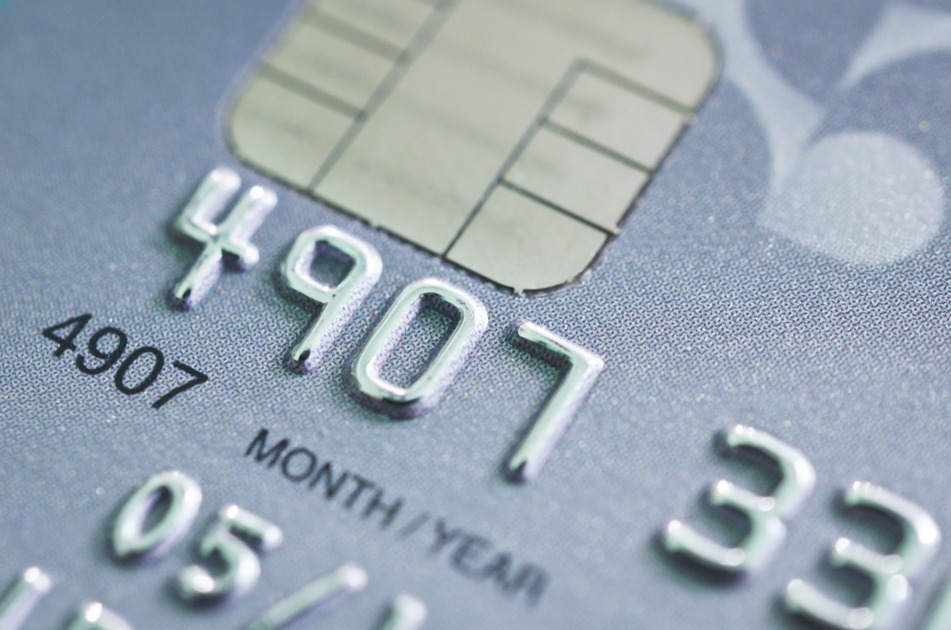How Migration to EMV Technology Affects Your Business
Most business owners would have already heard about the EMV shift way before it was implemented in 2015. The latest standard for credit and debit card payment transactions affects both customers and business owners, and helps to determine who should be liable in cases of fraud using debit or credit cards.
If your business hasn’t already made the transition, it’d be very helpful – and possibly ultimately necessary – to learn more about what migration to EMV technology affects your business.
The upgrade will cost you.
Making the switch to the new payment standards requires older credit card readers to be changed to the new EMV terminals. This is because the older machines don’t have the technology necessary to read the chip cards that EMV credit and debit cards have. Generally, the new terminals will be able to read both EMV cards and those that still have the magnetic strip. These terminals don’t come too cheap, though, as each one is estimated to cost around $200. The advantage, though, is that these EMV terminals are equipped with added functionality like mobile payment options, which businesses have to purchase devices separately for with the old system. Hence, the upgrade would be worthwhile.
Fraud liability could be on you.
Most of the major credit cards have been encouraging businesses to make the switch to EMV since not only is it more secure, using the EMV terminals would also remove any liability on the business for fraudulent charges that are related to credit card use. Not doing so could make your company liable for any fraudulent charges. Since these charges can easily eclipse the amount needed to purchase new EMV terminals, it is definitely something important for business owners to think about.
Your employees would need training.
The EMV terminals don’t really work that much differently compared to the older machines that read the magnetic strip on older cards. The main difference, perhaps, would be that instead of swiping the card on the machine, customers would need to insert their new EMV credit or debit cards into the EMV terminal, where it will need to stay throughout the entire approval process for the transaction to be completed. The card can be removed only after the customer has provided his or her PIN or signature confirming the transaction. Nevertheless, there is such a thing as a learning curve for new equipment and updates, and the EMV terminal is not an exception. Hence, to avoid any problems related to the use of these terminals, business owners would need to make sure that employees would are trained on how to properly use them.
Making the switch to EMV requires your business to have a solid internet network, as well as a back-up internet connection that can keep your business afloat in cases of downtime with your main line. Ultimately, EMV technology will affect both small and large businesses, so making the necessary investments and transitions now could prevent unwanted problems related to fraud liability in the future.
















